For gluten, read the response from Jacqueline Lagacé (who has several post-doctoral studies) to Valérie Borde
https://jacquelinelagace.net/2015/06/10/ma-reponse-a-valerie-borde-une-journaliste-scientifique/
and here are the references to get up to date :)
List of references
1. Biesiekierski JR, Newnham ED, Irving PM et al., Gluten causes gastrointestinal symptoms in subjects without celiac disease: a double-blind randomized placebo-controlled trial. Am J Gastroenterol 2011, 106:508-514.
2. Carroccio A, Mansueto P, Iacono G et al., Non-celiac wheat sensitivity diagnosed by double-blind placebo-controlled challenge: exploring a new clinical entity. Am J Gastroenterol. 2012,107:1898-906.
3. Fasano A. Zonulin and its regulation of intestinal barrier function: the biological door to inflammation, autoimmunity, and cancer. Physiol Rev. 2011, 91:151-75. Review.
4. Hollon J, Puppa EL, Greenwald B, et al., Effect of gliadin on permeability of intestinal biopsy explants from celiac disease patients and patients with non-celiac gluten sensitivity. Nutrients, 2015, 7:1565-76.
5. Fritscher-Ravens A, Schuppan D, Ellrichmann M, et al., Confocal endomicroscopy shows food-associated changes in the intestinal mucosa of patients with irritable bowel syndrome. Gastroenterol, 147:1012-1020, 2014.
6. Darewicz M, Dziuba J, Minkiewicz P. Computational characterization and identification of peptides for in silico detection of potentially celiac-toxic proteins, Food Sci Technol Int, 13:125-133, 2007.
7. Vojdani A, Tarash, I. Cross-reaction between gliadin and different food and tissue antigens. Food Nutr. Sci,44, 20–32, 2013.
8. Kristjansson G, Venge P, Hallgren R. Mucosal reactivity to cow's milk protein in celiac disease. Clin Exp Immunol. 2007;147(3):449-455.
9. Trivedi MS, Shah JS, Al-Mughairy S et al., Food-derived opioid peptides inhibit cysteine uptake with redox and epigenetic consequences. J Nutr Biochem. 25:1011-8, 2014.
10. Clarke G, Stilling RM, Kennedy PJ, et al., Minireview: gut microbiota: the neglected endocrine organ, Mol Endocrinol, 28:1221-38, 2014.
11. Cho I, Blaser MJ. The human microbiome: at the interface of health and disease. Nat Rev Genet. 13:260-70, 2012. Review
12. David LA, Maurice CF, Carmody RN, Diet rapidly and reproducibly alters the human gut microbiome. Nature, 505:559-63, 2014.
13. Sapone A, Lammers KM, Casolaro V et al., Divergence of gut permeability and mucosal immune gene expression in two gluten-associated conditions: celiac disease and gluten sensitivity. BMC Medicine 2011, 9:23
14. Sapone A, Bai J, Ciacci C, et al., Spectrum of gluten-related disorders: consensus on new nomenclature and classification. BMC Medicine 2012, 10:13.
15. Catassi C, Bai JC, Bonaz B et al., Non-Celiac Gluten Sensitivity: The new frontier of gluten related disorders. Nutrients. 2013, 5:3839-53.
16. Li J, Jia H, Cai X et al., (MetaHit Consortium) An integrated catalog of reference genes in the human gut microbiome. Nat Biotechnol, 32:834-41, 2014.
17. Wang WL, Xu SY, Ren ZG et al., Application of metagenomics in the human gut microbiome. World J Gastroenterol, 21:803-14, 2015.
18. Cho I, Blaser MJ. The human microbiome: at the interface of health and disease. Nat Rev Genet. 13:260-70, 2012. Review
19. Petra AI, Panagiotidou S, Hatziagelaki E et al., Gut-Microbiota-Brain Axis and Its Effect on Neuropsychiatric Disorders With Suspected Immune Dysregulation, Clin Ther, 37:984-995, 2015. Review.
20. David LA, Maurice CF, Carmody RN, Diet rapidly and reproducibly alters the human gut microbiome. Nature. 2014, 505(7484):559-63.
21. Albenberg LG, Wu GD. Diet and the intestinal microbiome: associations, functions, and implications for health and disease. Gastroenterology. 2014,146(6):1564-72.
22. Annalisa N, Alessio T, Claudette TD et al., Gut microbioma population: an indicator really sensitive to any change in age, diet, metabolic syndrome, and life-style. Mediators Inflamm. 2014;2014:901308. doi:10.1155/2014/901308. Epub 2014 Jun 4.
23. Carding S, Verbeke K, Vipond DT et al., Dysbiosis of the gut microbiota in disease, 2015 Feb 2;26:26191. doi:10.3402/mehd.v26.26191. eCollection 2015.
24. Isasi C, Colmenero I, Casco F et al., Fibromyalgia and non-celiac gluten sensitivity: a description with remission of fibromyalgia. Rheumatol Int, 34:1607-12, 2014.
25. Sigall-Boneh R, Pfeffer-Gik T, Segal I, Zangen T, Boaz M, Levine A. Partial enteral nutrition with a Crohn's disease exclusion diet is effective for induction of remission in children and young adults with Crohn's disease. Inflamm Bowel Dis. 2014 Aug;20(8):1353-60. doi: 10.1097/MIB.0000000000000110
26. Herfarth HH, Martin CF, Sandler RS et al., Prevalence of a gluten-free diet and improvement of clinical symptoms in patients with inflammatory bowel diseases. Inflamm Bowel Dis, 20:1194-7, 2014.
27. Vazquez-Roque MI, Camilleri M, Smyrk T et., A controlled trial of gluten-free diet in patients with irritable bowel syndrome-diarrhea: effects on bowel frequency and intestinal function. Gastroenterology. 144:903-911, 2013.
For sunscreens, read the text by Jean-Yves Dionne, his references and those that I used:
References:
- Dixon KM, Norman AW, Sequeira VB, Mohan R, Rybchyn MS, Reeve VE, Halliday GM, Mason RS. 1α,25(OH)2-vitamin D and a nongenomic vitamin D analog inhibit ultraviolet radiation-induced skin carcinogenesis. Cancer Prev Res (Phila). 2011 Sep;4(9):1485-94. doi: 10.1158/1940-6207.CAPR-11-0165. PubMed PMID: 21733837. https://cancerpreventionresearch.aacrjournals.org/content/4/9/1485.long
- Westerdahl J, Ingvar C, Mâsbäck A, Olsson H. Sunscreen use and malignant melanoma. Int J Cancer . 2000 Jul 1;87(1):145-50. PubMed PMID: 10861466. https://www.ncbi.nlm.nih.gov/pubmed/10861466
- Lindqvist PG, Epstein E, Landin-Olsson M, Ingvar C, Nielsen K, Stenbeck M, Olsson H. Avoidance of sun exposure is a risk factor for all-cause mortality: results from the Melanoma in Southern Sweden cohort. J Intern Med . 2014 Jul;276(1):77-86. doi:10.1111/joim.12251. PubMed PMID: 24697969. https://www.ncbi.nlm.nih.gov/pubmed/24697969
the French version
Link to Dr. Ackerman, a prominent dermatologist and one of the leading skin cancer experts, where he mentions this statement: He doesn't buy the argument that sunscreens protect against melanoma. He points to a recent editorial in an orthodox journal, Archives of Dermatology, which also concludes that there is scant evidence to support this crucial dogma (Bigby 2004).
Dr. Pourde is a scientist in California who wrote a book: “Biohazard: Treat as Hazardous Waste
References and footnotes for my latest book, which I wrote with a wonderful nutrition consultant, Danielle Denichaud*
1 Dr Alessandro Junger, Clean Gut
*Ayurveda considers health and disease as an expression of the balance or imbalance of the five elements (air, fire, water, earth, and ether), which it groups into three constitutions or doshas: vata (air and ether), pitta (water and fire), and kapha (earth and water). The strengths and weaknesses of our body are linked to our dominant constitution, which will be determined by one, two, or three doshas simultaneously.
2 Food as medicine, Dharma Singh Khalsa, MD Atria Books, 2003
* This mono-diet cure (kitchari) is suitable for people whose nervous system is affected by stress as well as people who suffer from hypoglycemia.
4 Food and Healing, Annemarie Colbin, Ballantine Books, 1986.
6 In The Self-Healing Cookbook, Kristina Turner, Earthtones Press, 1987, for example, it is explained that in spring, the liver and gallbladder are more active. We can therefore feed them with green leaves and barley. In summer, for the heart and intestine, we favor corn, bitter green leaves, etc. At the end of summer, for the spleen, pancreas, and stomach, we will consume millet and squash. In autumn, for the lungs and colon, we will choose brown rice, cabbage, and beets. In winter, to support the kidneys and bladder, adzuki beans and miso will be given pride of place.
7 The Body Ecology Diet: Recovering Your Health and Rebuilding Your Immunity, Donna Gates (2011)
9 Herbs & Things, Jeanne Rose's Herbal, Last Gasp, 2011.
10 Primal Body, Primal Mind, Nora T. Gedgaudas, CNS, CNT, Healing Arts Press, 2011.
11 Eating Alive, Dr. Jonn Matsen ND, Crompton Books, 2008.
12 The Raw Food Detox Diet, Natalia Rose (2006), nutritionist
13 Longevity Now, David Wolfe (2013)
14 Nutrition, Gabriel Cousens MD (2005)
15 Phytic acidity interferes with mineral absorption.
16 It is important to know that the older the legumes, the longer they will take to cook. It is recommended to buy beans from grocery stores where there is a high turnover.
17 The Self-Healing Cookbook, Kristina Turner, Hearthtones, 1987.
19 Iodized table salt does not contain any assimilable form of iodine. It is better to use Himalayan salt, Celtic salt, or fleur de sel.
20 Superfoods, David Wolfe, North Atlantic Books, 2009.
21 All superfoods are adaptogens. If you'd like to learn more, I suggest reading Superfoods by David Wolfe (North Atlantic Books 2009).
22 After breast milk, spirulina is the most important source of gamma-linolenic acid, important in hormonal and mental development.
23 The China Study, 2005. This work presents, among other things, the results of studies demonstrating a correlation between certain chronic diseases and the consumption of animal protein.
24 In Eating Alive, by Dr. Jonn Matsen ND (Crompton Books, 2008), the author explains that in stressful situations, the nervous system switches to what is known as "sympathetic" mode, a physiological response to help us flee the perceived source of "danger" or defend ourselves against it. Circulation then moves to the eyes, legs, and hands. Depending on the different functions of the nervous system, different hormones are produced. In cases of strong emotions, hormones work to neutralize the situation, to restore a climate of calm, and not to direct the digestive enzymes we need to digest.
25 Spiritual Nutrition, Gabriel Cousens, MD, North Atlantic Books, 2005.
Reference for the text by Luc: The truth about cosmetic products, Rita Steins, ed. LEDUC.S, 2005
* A free thinker as opposed to people who are strictly regulated: She is a graduate of the "Canadian School of Natural Nutrition", a member of the "Canadian Association of Holistic Nutrition Professionals", and is insured in "Nutrition Therapy". She has also studied Ayurveda, macrobiotics, symptomatology, herbology and food psychology in order to propose dietary adjustments as well as lifestyle adjustments to harmonize your overall health goals as well as your daily actions.
For rose essential oil
https://www.therosefrequency.com/theScience.html
Here is the text by Michel Turbide in Vitalité where he discusses the rose:
A researcher, Bruce Tanio, of Tanio Technologies, has developed a
device called BT3. It is a device that evaluates the frequency rate in
Mega-Hertz. This device uses an extremely sensitive sensor to
measure the electrical bio-frequency of everything that exists: plants,
food, animal, person, organ, cell, positive or negative thought,
color, etc. Every substance, everything that lives on earth, has its own
vibration and can be measured in megahertz (MHz). Each atom of
the universe has a specific vibrational movement. Each movement has a
periodic sequence and a frequency of oscillations per second which can
be measured in Hertz.
The vibrational rate of the human body oscillates (electrical frequency) between 62
and 68 MHz. Researcher Bruno Tanio has shown that when an individual is
sick, the frequency rate drops below the standard of 62 MHz. More
the lower the rate, the sicker the individual will be.
Another interesting point. What you eat and drink affects your heart rate.
and your health. A little research was done by Dr. Young and Bruno
Tanio. A healthy man (68 MHz) held a cup of coffee and his
frequency dropped to 58 MHz in three seconds. Then he drank the coffee and he
dropped back to 52 MHz in three seconds. To restore its frequency to 68 MHz.
they took away the coffee, they made him breathe rose essential oil
and within 21 seconds it was back to 68 MHz. Another person did
the same experience but without breathing in the essential oil. It took him
three days to return to 68MHz
Using essential oils on a daily basis helps us to
raise our body's frequency. Diffuse essential oils into the air
ambient, seasoning food with essential oils, drinking
rose or neroli floral waters (the taste is delicate and delicious) are
actions that promote an increase in vibrational energy.
Photo credit: Marïphotgraphie

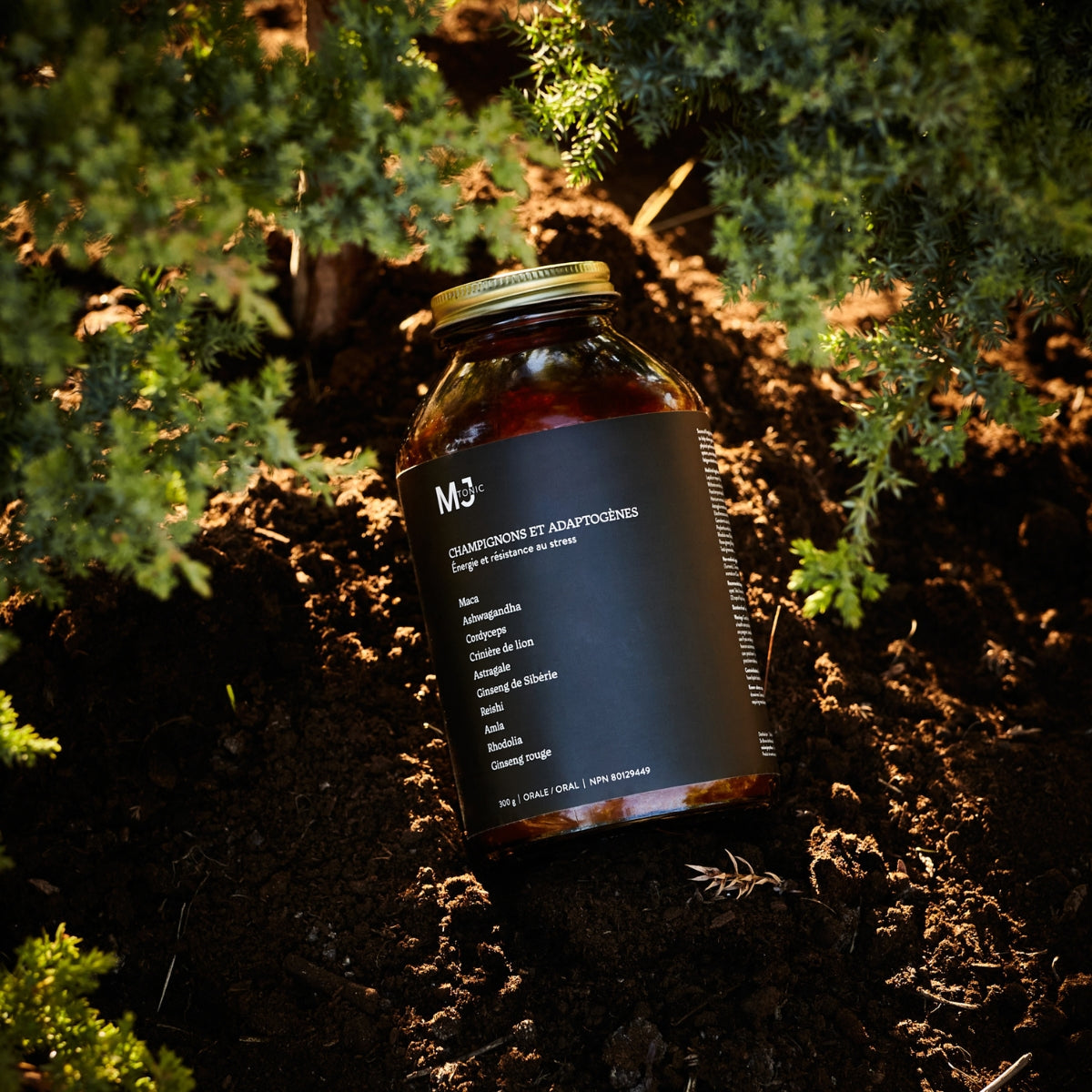

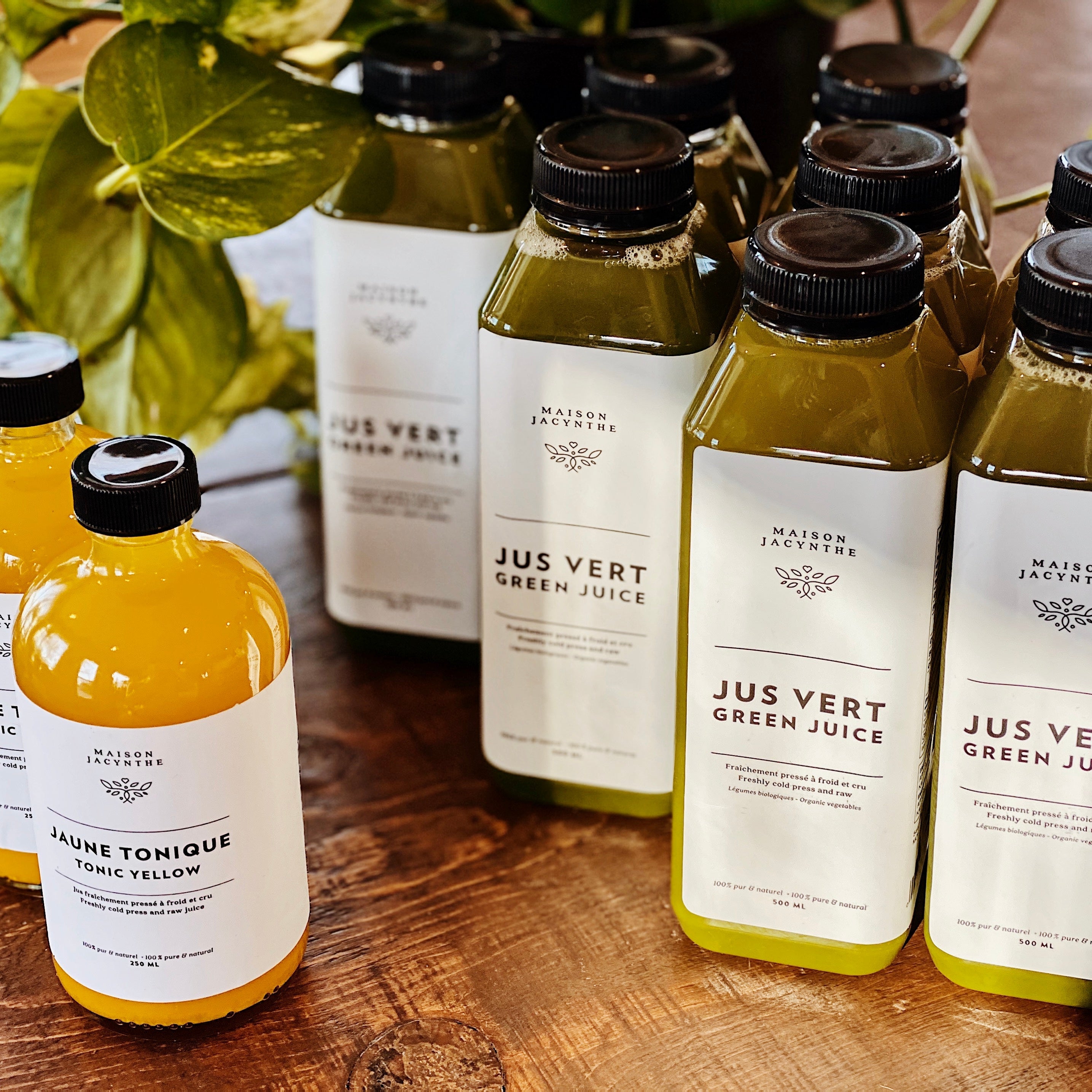

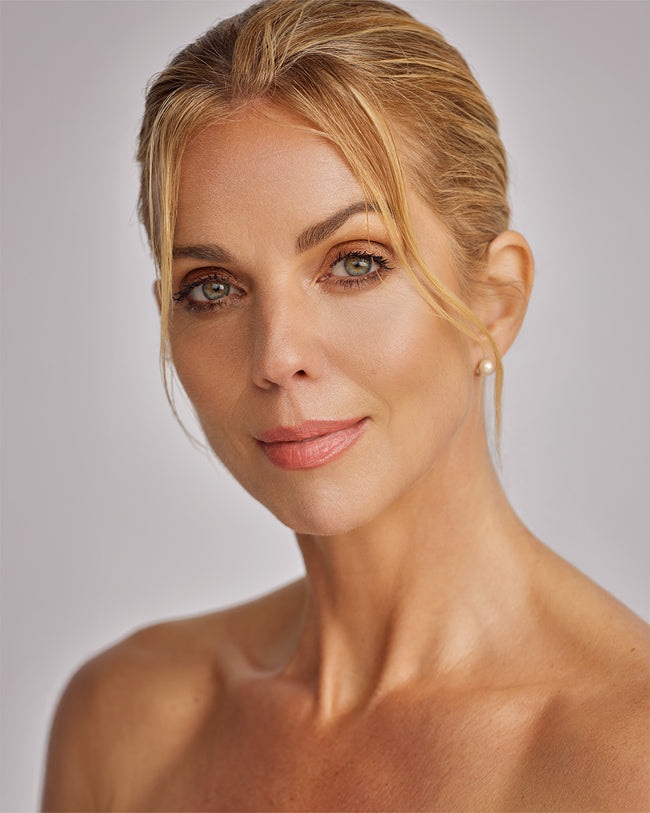
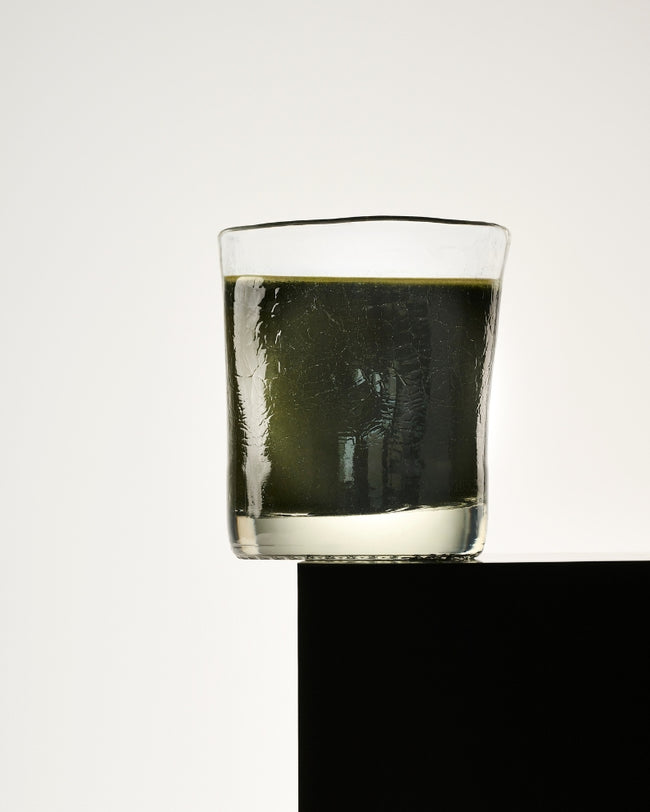
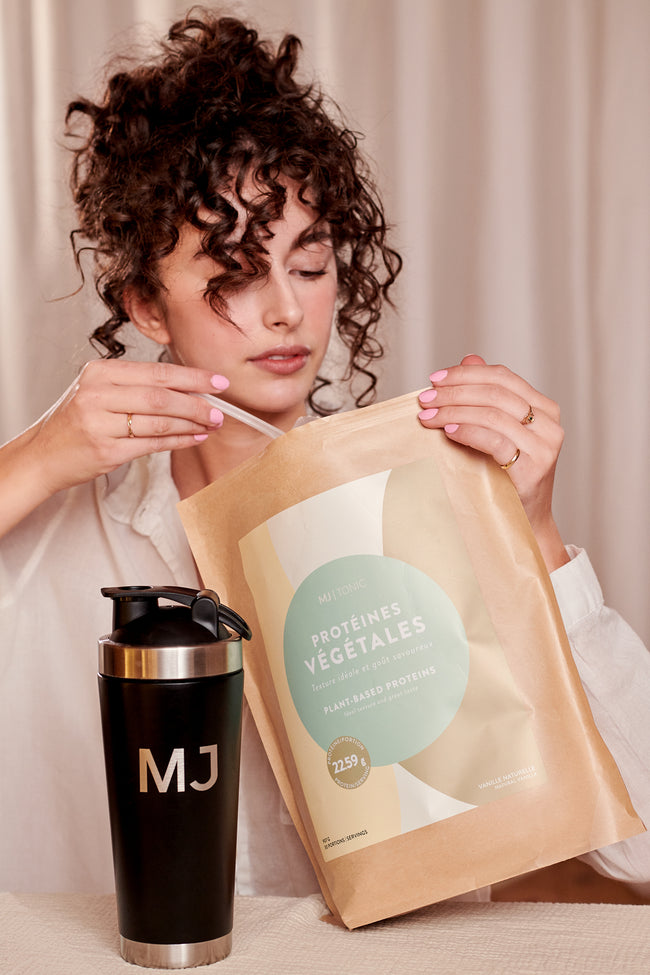


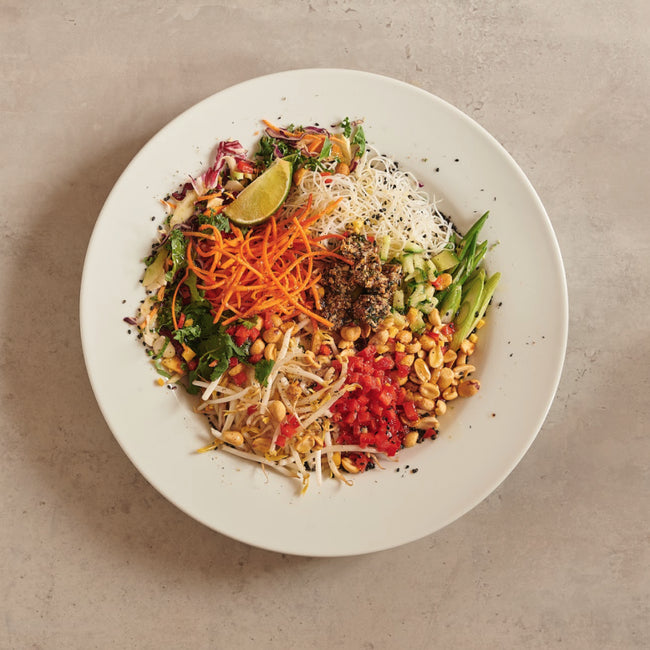
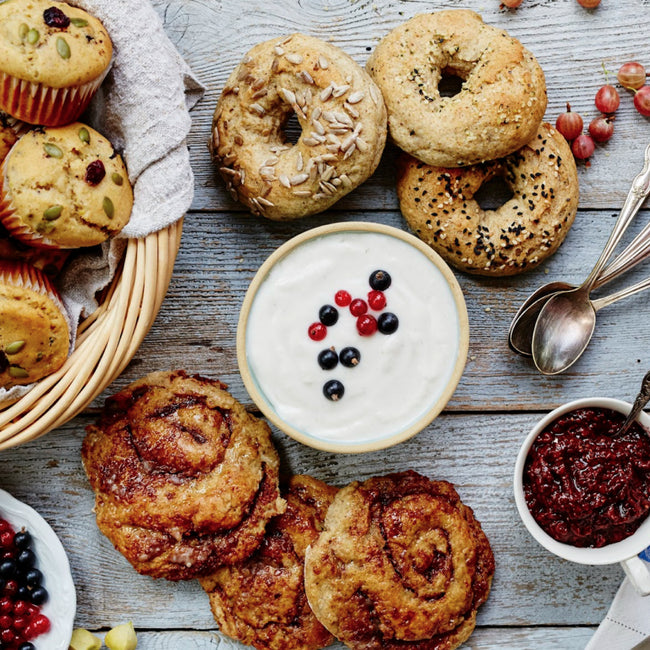
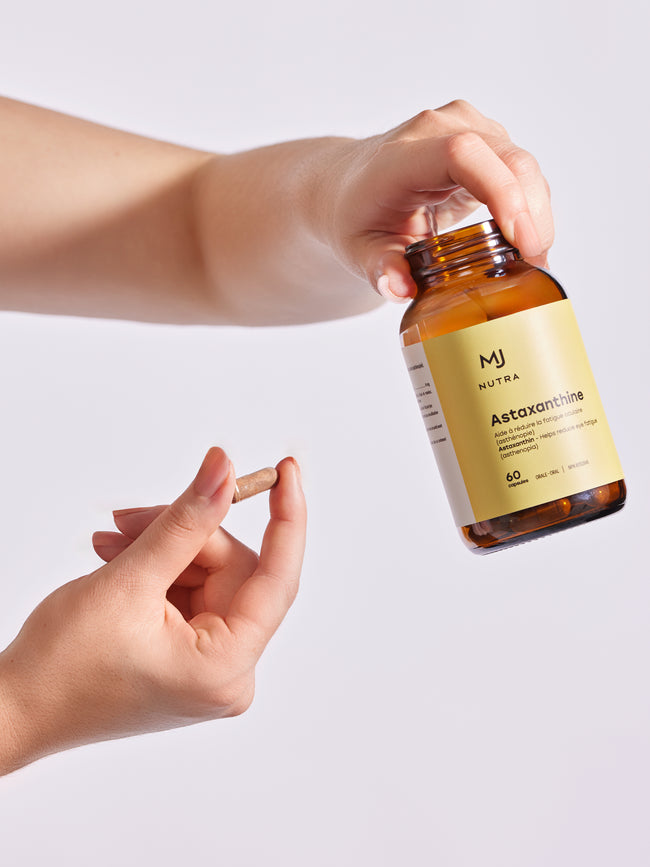











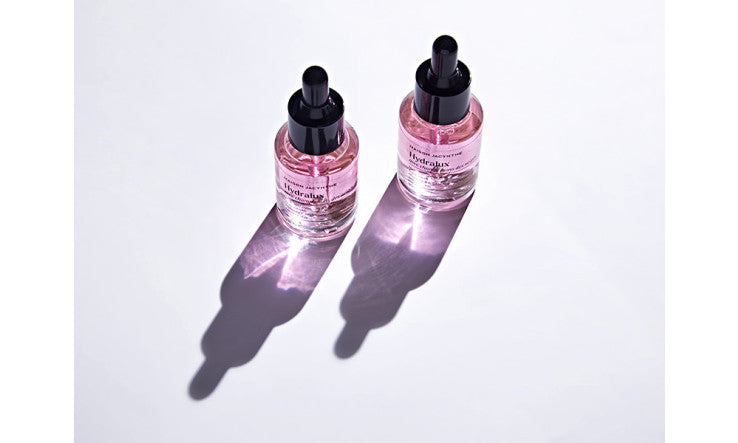


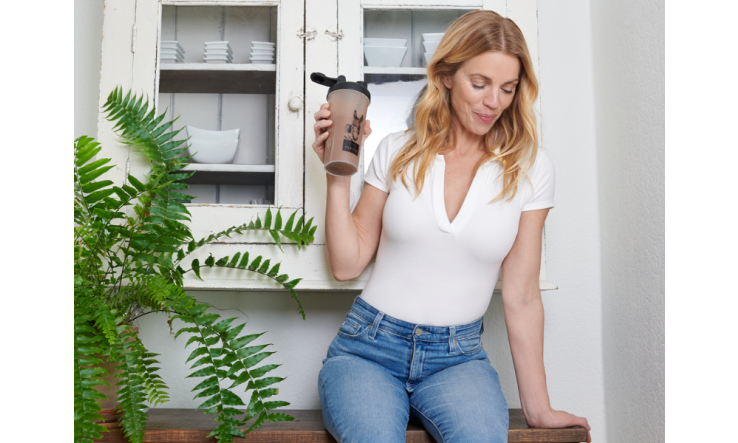



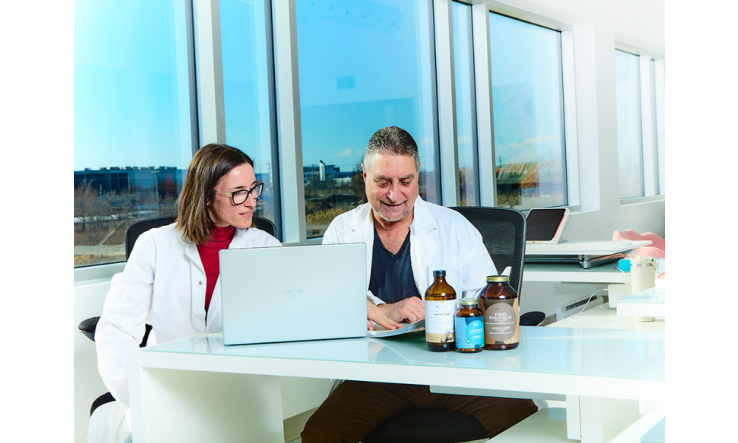
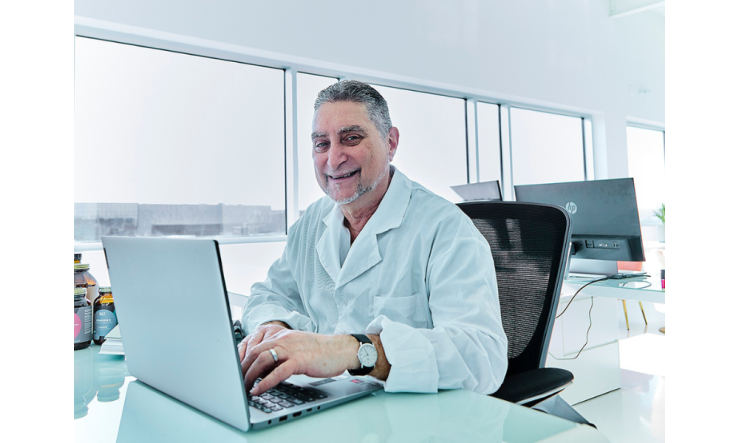
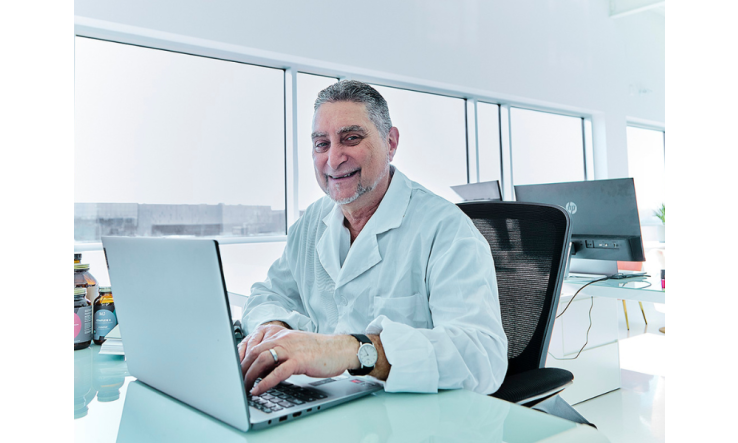

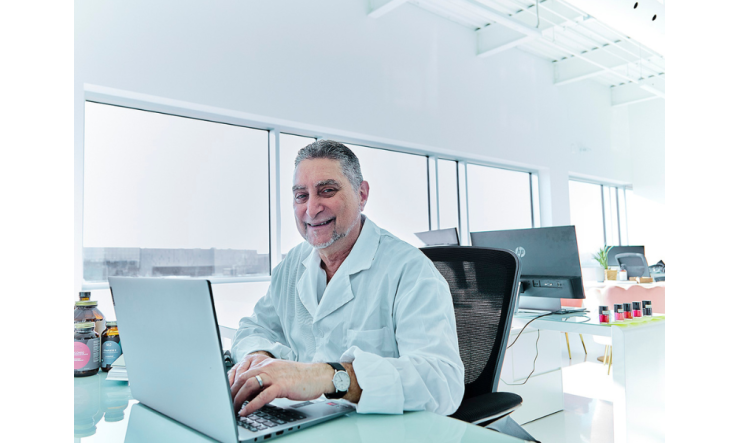
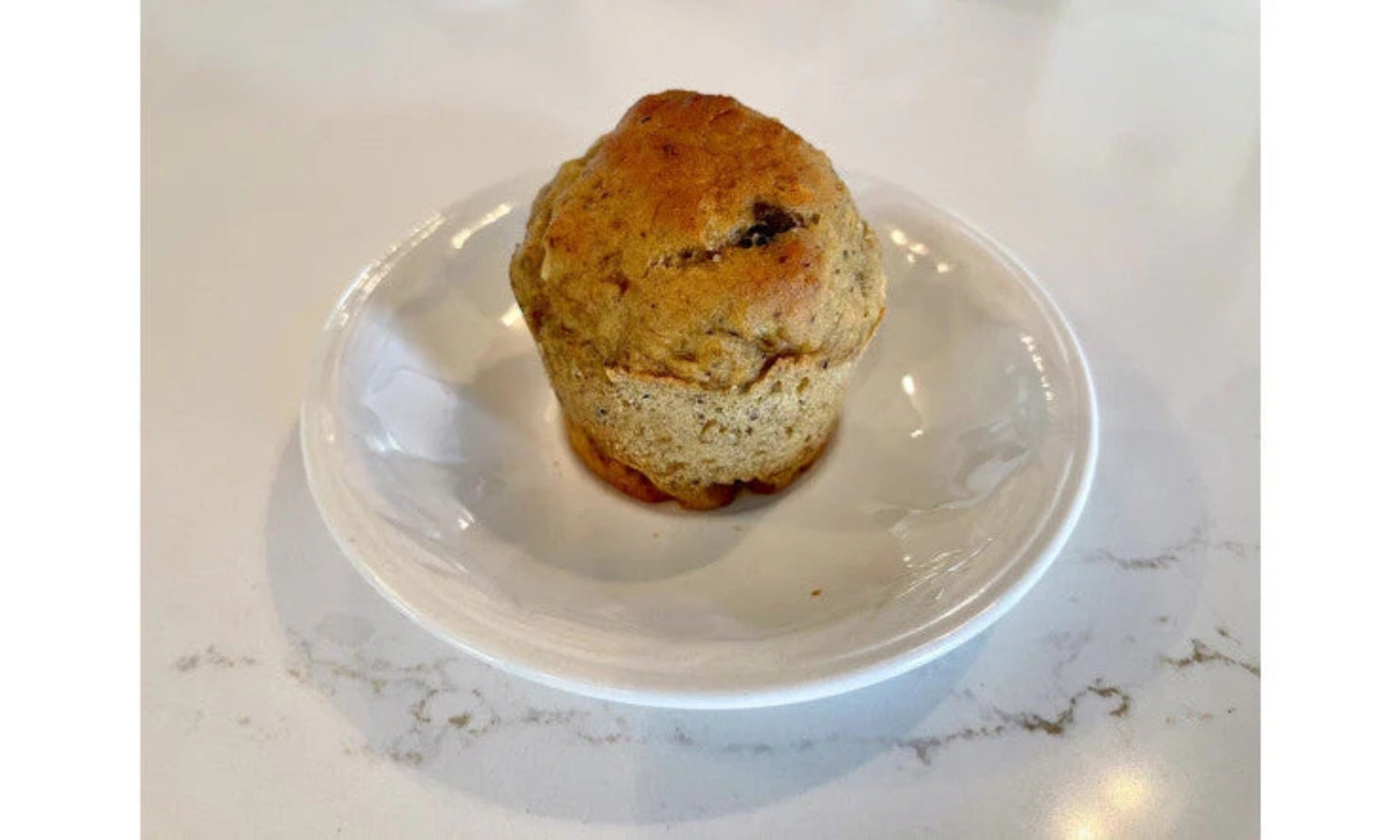
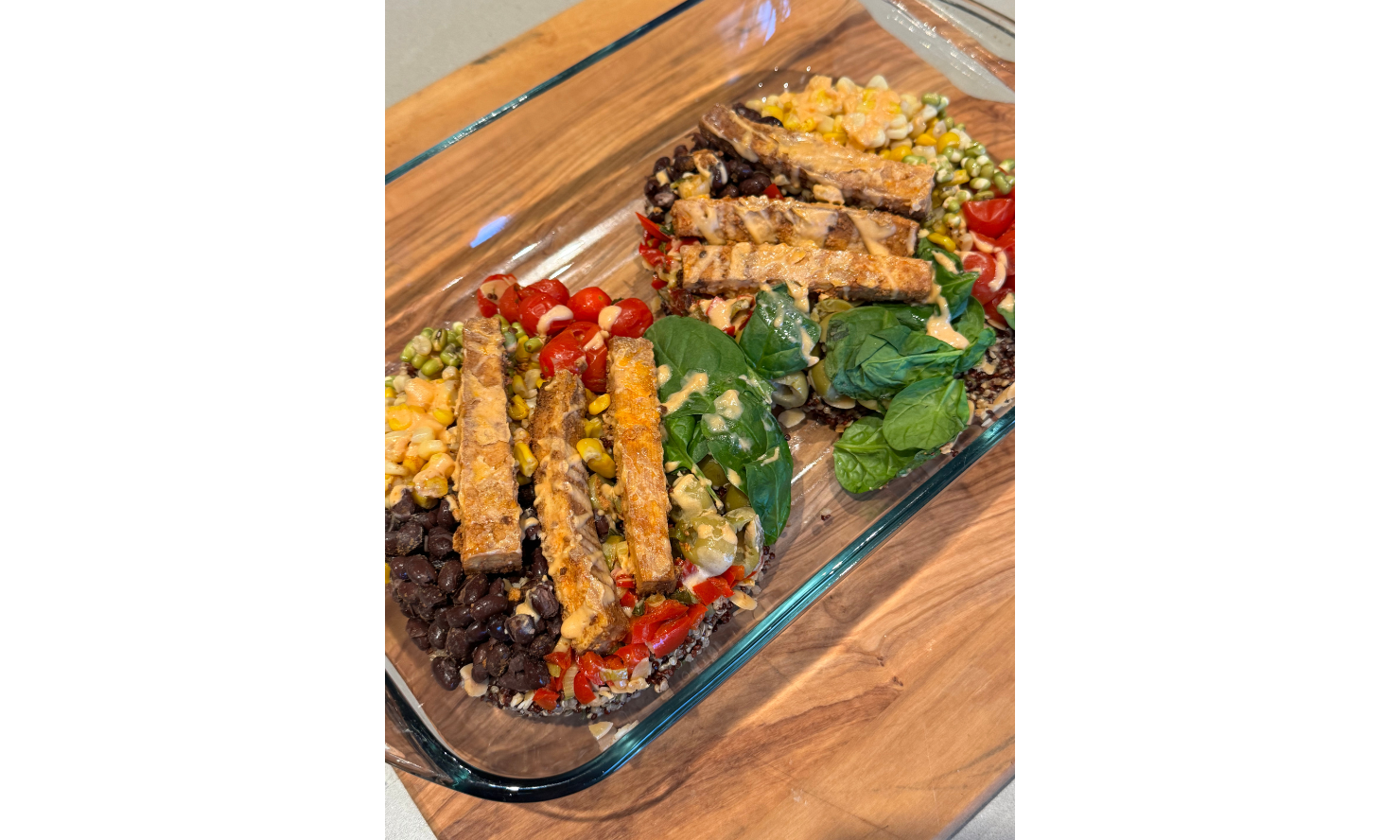
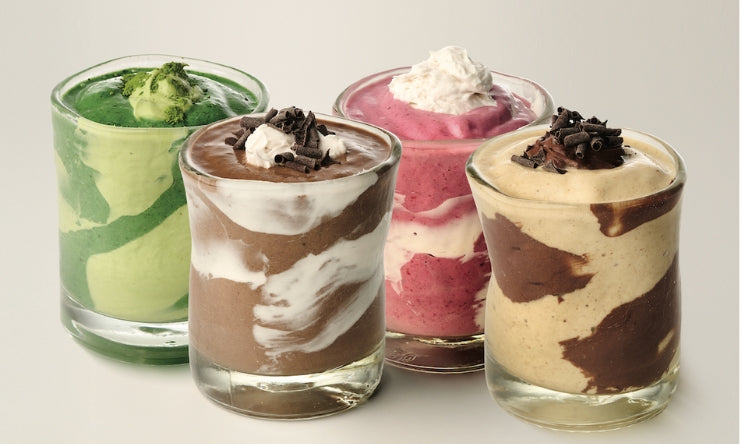



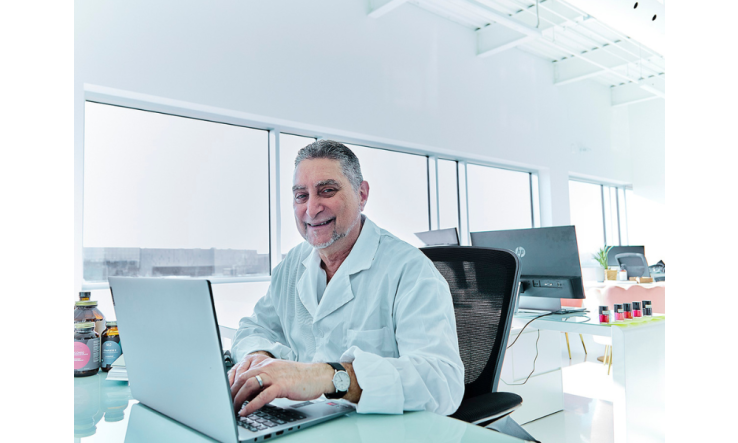
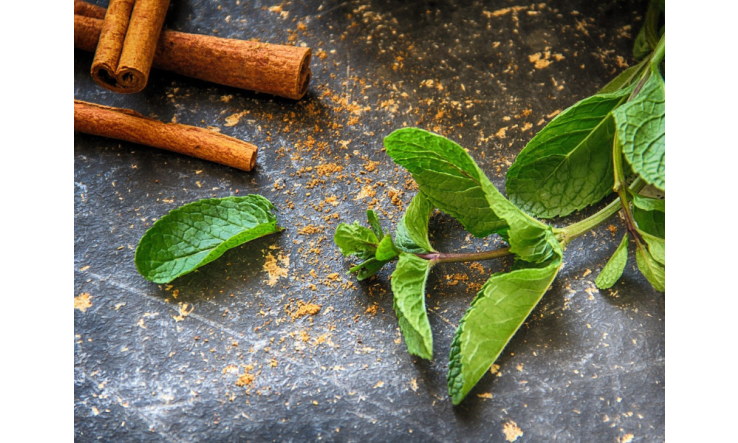
















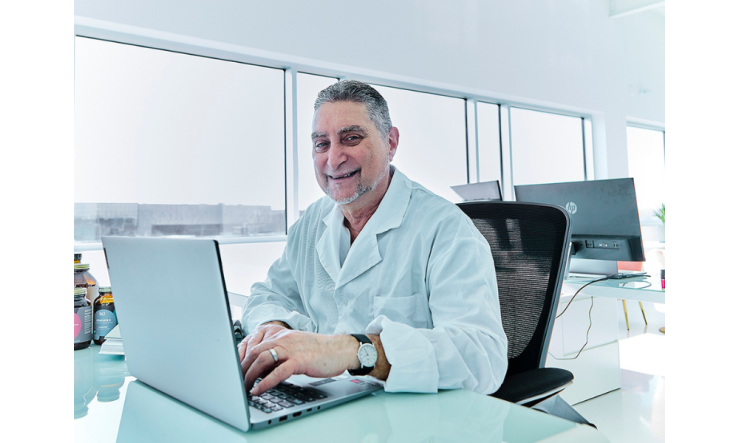




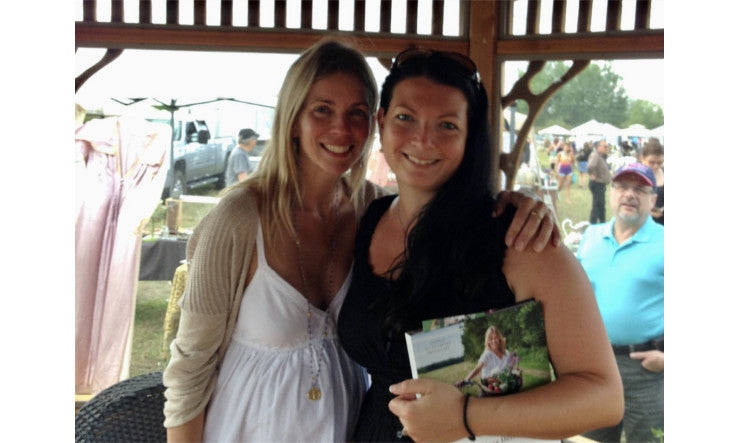
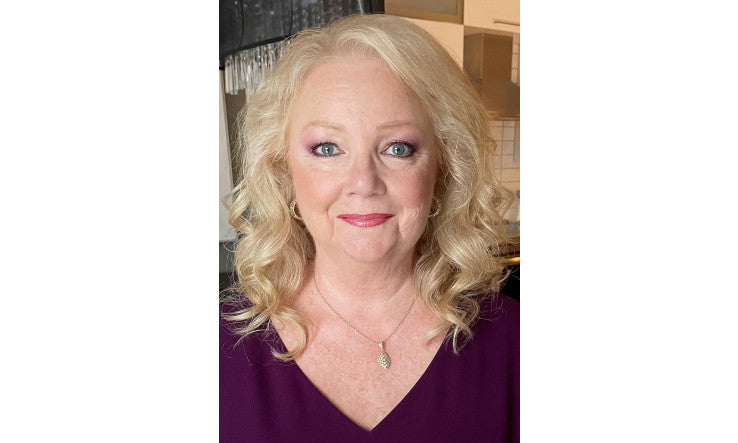

Leave a comment